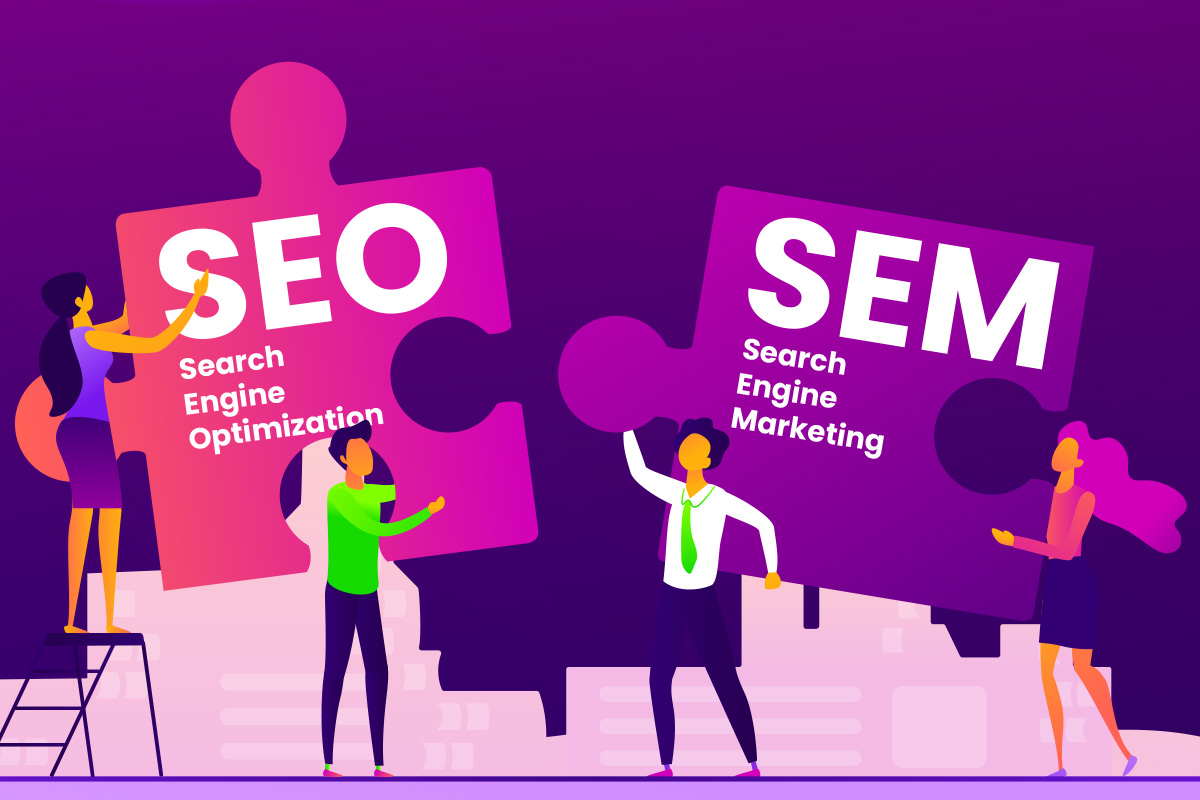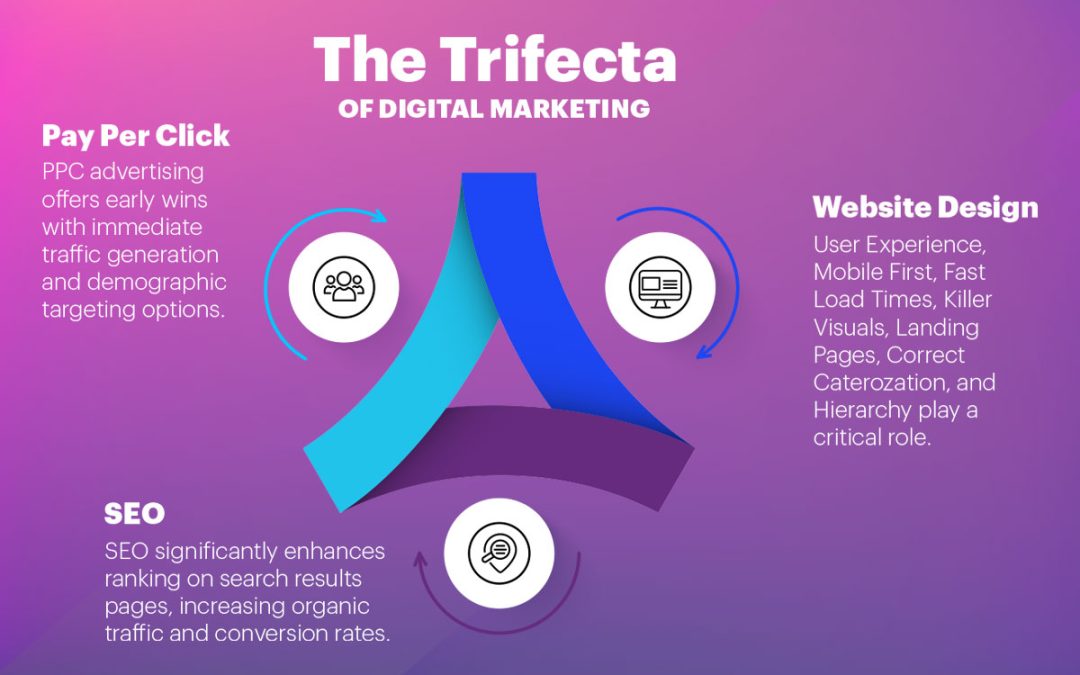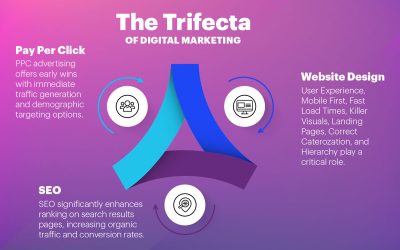Healthcare businesses everywhere are vying for attention in a vast virtual arena, making online visibility paramount. Search Engine Optimization (SEO) and Search Engine Marketing (SEM) have emerged as dynamic tools to navigate this competitive landscape, shaping the success of businesses across industries. This article discusses the reasons behind the mounting importance of SEO and SEM and how they collectively serve as the backbone of digital marketing strategies.
The Dynamics of SEO
Search Engine Optimization, the practice of optimizing a website’s content and structure to rank higher in search engine results, has become a cornerstone of online visibility. With over 3.5 billion searches conducted on Google every day, businesses that secure higher organic rankings significantly enhance their chances of attracting relevant traffic. Several factors contribute to the growing significance of SEO:
- Organic Credibility: Users inherently trust organic search results over paid ads, making top-ranking positions highly coveted. Being positioned at the top of the results page establishes credibility and instills trust in potential customers.
- Cost-Effectiveness: SEO is a cost-effective marketing strategy compared to paid advertisements. While there’s an initial investment in optimizing a website, the long-term benefits include sustained traffic without ongoing advertising costs.
- User Experience: SEO doesn’t only cater to search engines but focuses on enhancing the user experience. A well-optimized site with user-friendly navigation, responsive design, and valuable content leads to improved engagement and conversion rates
- Continuous Flow of Traffic: Unlike paid campaigns, the effects of SEO persist even when you’re not actively working on it. Well-optimized content continues to attract traffic and generate leads over time, providing a sustainable flow of potential customers.
The Rise of SEM
Search Engine Marketing, a paid advertising model where businesses bid for ad placement in search engine results, complements SEO efforts by offering immediate visibility. SEM is most commonly associated with Google Ads, where businesses pay for their ads to appear at the top of the search results for specific keywords. Several factors contribute to the escalating importance of SEM
- Immediate Visibility: Unlike the gradual results of SEO, SEM provides
instantaneous visibility. Businesses can position their ads at the top of the search results to reach their target audience right away - Precise Targeting: SEM offers granular targeting options, allowing businesses to show their ads to users based on demographics, location, device, and even specific times of day, optimizing ad spending for maximum impact.
- Remarketing Opportunities: SEM enables businesses to engage with users who have previously interacted with their website. Remarketing campaigns remind potential customers about products or services they viewed, enticing them to return and make a purchase
- Measurable ROI: SEM campaigns provide comprehensive insights into performance metrics like clicks, impressions, click-through rates, and conversions. This data allows businesses to refine their strategies and allocate budgets more effectively.
The Synergy Between SEO and SEM
While SEO and SEM are often discussed as separate strategies, their true power lies in their synergy. When implemented together, they create a comprehensive approach to digital marketing that addresses both short-term goals and long-term growth:
- Enhanced Visibility: Combining organic and paid efforts ensures that a business appears at the top of the search results, increasing its chances of being noticed by potential customers
- Keyword Insights: SEM campaigns provide valuable insights into the
effectiveness of keywords that resonate with the target audience. These insights can then be leveraged to optimize SEO strategies for higher organic rankings. - Testing Ground: SEM serves as a testing ground for keywords, ad copy, and landing page performance. The data generated from SEM campaigns can guide content creation and SEO efforts
- Targeted Approach: SEO targets users actively seeking information, while SEM can capture potential customers at various stages of the buying journey, widening the net of opportunity.
As businesses like addiction treatment, behavioral health, concierge medicine and others in the healthcare space strive to stay competitive and relevant in a digital-first era, the significance of SEO and SEM continues to grow exponentially. SEO empowers providers and builds a foundation of organic credibility and sustainable traffic, while SEM offers immediate visibility and precision targeting. However, their true strength is realized when these strategies are combined, creating a holistic approach that optimizes online visibility, user experience, and conversion rates. In a world where online presence is synonymous with success, mastering the dynamics of SEO and SEM has become imperative for businesses seeking to thrive in the digital landscape









